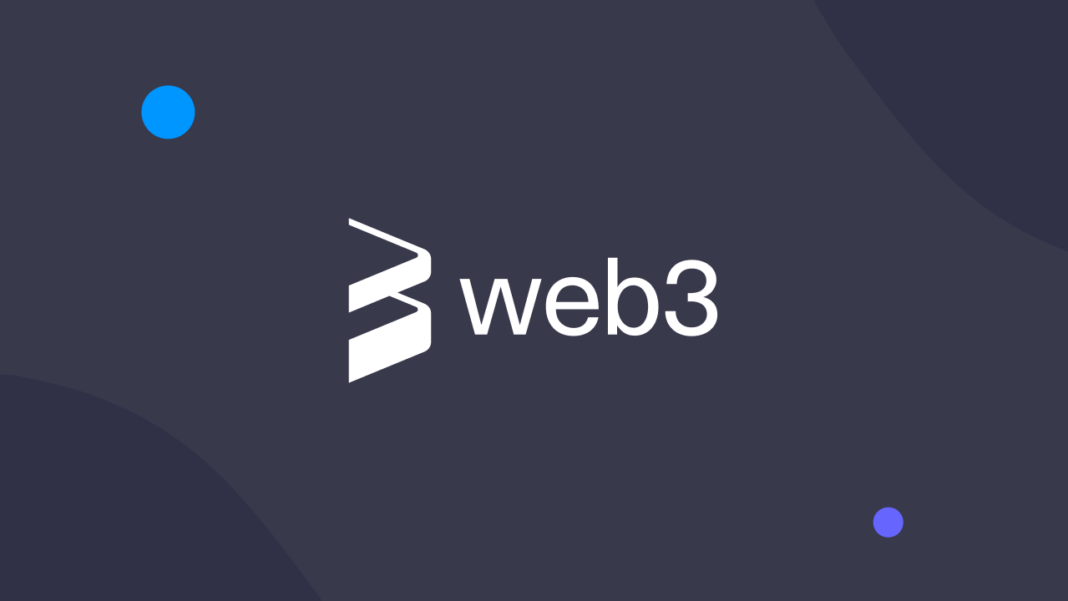Web3 Is Getting a Larger Hard Drive, Now It Needs a Faster Processor 1
Table of Contents
A Quick Look at the Scalability Challenge
Monolithic blockchains face scalability challenges because a single chain manages consensus, data availability, and execution, burdening a set of nodes with verifying every action. This can swiftly overload the system.
With rising usage, DApps and users vie for the blockchain’s limited blockspace, turning it into a scarce resource. Consequently, those unable to win blockspace bidding wars are excluded.
The “Shared” Rollup Strategy
Visualizing Ethereum as a vast, shared computer, the shift involved enhancing its block data capacity (akin to upgrading its hard drive) while entrusting computational scalability (akin to upgrading its processor) to rollup projects.
The significant adoption of rollups commenced in 2021, marked by the introduction of Layer 2 (L2) projects like Arbitrum and Optimism, employing “shared” rollups architectures. These rollups are “shared” as each DApp on the protocol occupies space within a single rollup alongside other DApps deployed on the same L2.
The “shared” rollup approach circles back to the initial issues, albeit with some temporary buffer time.
The Emergence of Appchains
In pursuit of maximum scalability, customizability, and fee predictability, projects, including Cartesi, are venturing beyond shared rollup architectures. They discover that building on application-specific rollups, commonly known as appchains, yields superior results for computational scalability.
Like shared rollups, application-specific rollups function as off-chain execution layers inheriting security and censorship guarantees from the Ethereum base layer. However, instead of sharing space in a single rollup, each DApp now has its own dedicated rollup for processing off-chain tasks.
This configuration not only resolves the problem of bidding wars among applications but also delivers substantial improvements in computational scalability. With only one application per rollup, each DApp can now leverage full, unshared computing power. Instead of vying for validator computing power in a zero-sum game, each DApp can have its own high-performing rollup chain.
These enhancements in computing power significantly expand the design possibilities for developers. DApps deployed on application-specific rollups can now closely emulate traditional software applications in terms of programmability, cost efficiency, fee predictability, and user experience.
Advancing Forward: The Cone of Innovation
To unlock Web3’s complete innovative potential, rollup projects must persist in pushing the boundaries of decentralized computation. The accompanying figure aids in visualizing how scaling data and computation concurrently can enable previously unattainable decentralized applications:

Web3’s Cone of Innovation created by Cartesi core contributors
On the x-axis, data availability enhances with the adoption of EIP-4844 and sharding. On the y-axis, computational capacity scales from a monolithic L1 blockchain to shared rollups and further to application-specific rollups.
(The applications and their positioning inside the cone aren’t meant to be treated as definitive. Instead, the figure is intended to offer an intuitive perspective on the expanding landscape of decentralized applications.)
The key insight is that improvements in data availability cannot be fully harnessed without simultaneous advancements in computational capacity, and vice versa. Both aspects must progress in tandem.
Application-specific rollups emerge as a key solution for augmenting the Ethereum network’s processing power.
–
Felipe Argento serves as an advisor at the Cartesi Foundation, concentrating on Layer 2 research and application. He joined the Cartesi project in 2018, leading a team of blockchain engineers and making significant contributions to the architecture, design, and on-chain implementation of Cartesi Rollups. Prior to his involvement with Cartesi, Felipe worked as a software engineer, specializing in blockchain applications for clean energy, carbon credit, and energy futures in collaboration with Brazilian energy companies. He is proficient in Portuguese and English.
Brandon J. Isaacson serves as a lawyer and board member at the Cartesi Foundation. Before joining the Cartesi project, Brandon worked as an associate at Latham & Watkins, specializing in securities and regulatory matters, before establishing his own law practice. Over the past decade, he has represented clients in regulatory investigations, enforcement proceedings, securities, and ICO litigations, and provided advice to startups on regulatory issues related to the launch of disruptive emerging technologies.
Cartesi is an application-specific rollup protocol featuring a virtual machine that runs Linux distributions, expanding the design possibilities for DApp developers. Cartesi Rollups provide a modular scaling solution that can be deployed as L2, L3, or sovereign rollups, all while preserving robust security guarantees at the base layer.


